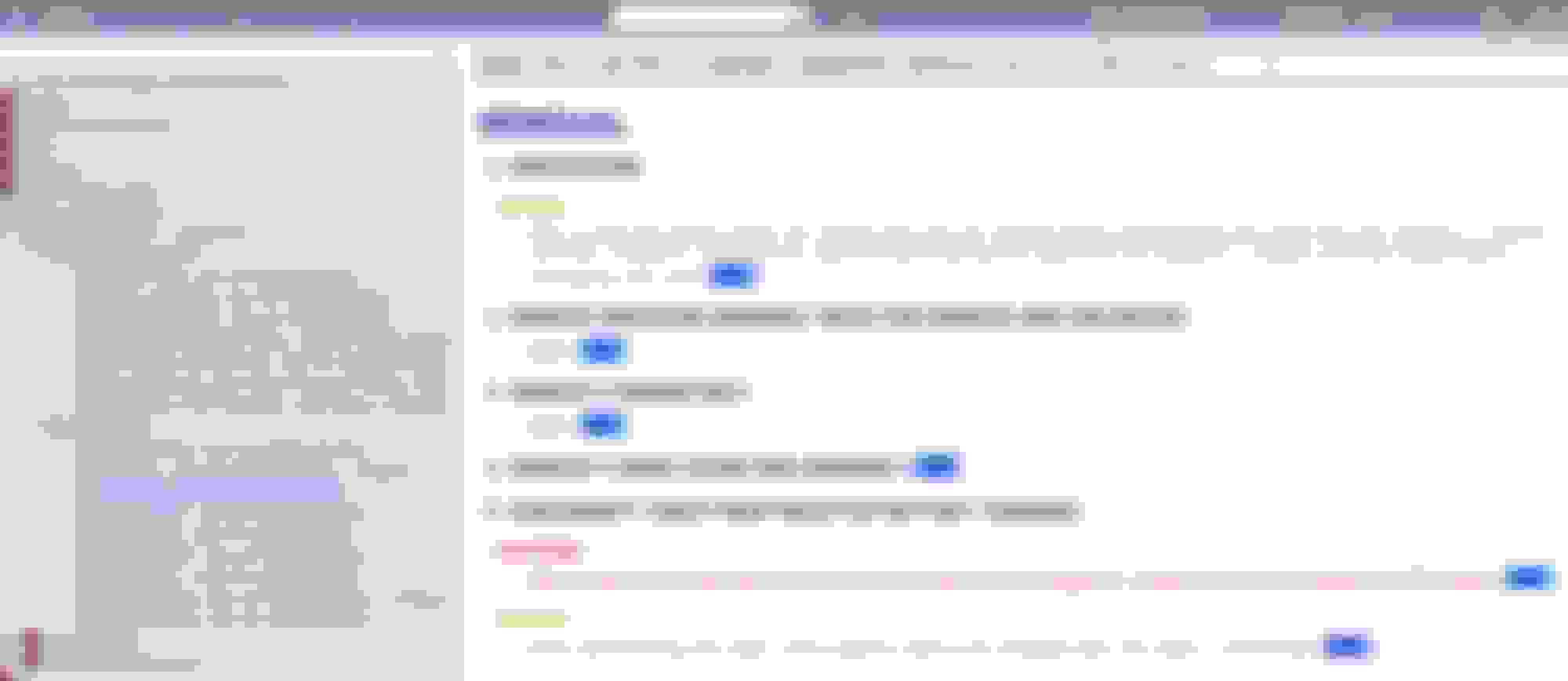Introduction
All-wheel drive (AWD) systems provide enhanced traction and stability, making them an invaluable asset during inclement weather and challenging road conditions. However, when the “Check AWD System” message appears on your vehicle’s dashboard, it can be a cause for concern. This warning light indicates an issue with the AWD system that requires prompt attention. In this extensive guide, we will delve into the causes, diagnostic techniques, and repair solutions for this common automotive issue. By understanding how to fix a check AWD system, you can restore your vehicle’s optimal performance and ensure your safety on the road.

Image: onestopwheel.com
Understanding the AWD System
AWD systems distribute power to all four wheels, providing increased grip on slippery surfaces and enhancing handling in corners. These systems typically consist of a transfer case, prop shafts, and differentials, which work together to transfer power from the engine to the wheels. When the “Check AWD System” message appears, it signifies a fault within any of these components.
Causes of the Check AWD System Warning Light
The “Check AWD System” warning light can illuminate due to a variety of factors, including:
- Faulty sensors or switches
- Transfer case issues
- Prop shaft problems
- Differential malfunctions
- Wiring harness damage
- Low fluid levels
- Software glitches
Diagnosing the Issue
When you encounter the “Check AWD System” message, it’s essential to diagnose the issue accurately. This can be done through a series of diagnostic steps:
- Check the fluid level of the AWD system and ensure it is at the proper level.
- Inspect the sensors and switches associated with the system for any damage or loose connections.
- Examine the prop shafts and differentials for any signs of leaks, vibrations, or damage.
- Conduct a visual inspection of the wiring harness for any breaks or shorts.
- Use a diagnostic scanner to retrieve any trouble codes stored in the vehicle’s computer. These codes can provide valuable information about the nature of the problem.

Image: www.clublexus.com
Repair Solutions
Depending on the diagnosis, the repair solutions for a check AWD system can vary:
- Faulty sensors or switches: Replacing the affected sensors or switches is typically necessary.
- Transfer case issues: The transfer case may need to be repaired or rebuilt in severe cases.
- Prop shaft problems: Replacing or repairing the prop shafts can resolve the issue.
- Differential malfunctions: Differentials may require repair or replacement depending on the extent of the damage.
- Wiring harness damage: Repairing or replacing damaged sections of the wiring harness can restore proper electrical connections.
- Low fluid levels: Adding the appropriate fluid to the required level can resolve the issue.
- Software glitches: In some cases, software updates can address glitches within the AWD system’s control module.
Prevention and Maintenance
Regular maintenance and preventive measures can help minimize the likelihood of a check AWD system issue:
- Regularly check the AWD fluid level and top it off as needed.
- Inspect the prop shafts, differentials, and wiring harness for any signs of wear or damage.
- Avoid overloading your vehicle or towing heavy loads that exceed the recommended capacity.
- Have the AWD system serviced according to the manufacturer’s recommended maintenance schedule.
How To Fix Check Awd System
Conclusion
Understanding how to fix check AWD system can save you time, money, and hassle. By performing proper diagnostics and implementing appropriate repair solutions, you can restore your vehicle’s AWD capabilities and ensure optimal performance. Remember that regular maintenance and preventive measures play a crucial role in preventing future issues and extending the life of your AWD system. If you encounter any further problems or have questions, don’t hesitate to consult with a qualified mechanic or refer to your vehicle’s owner’s manual.